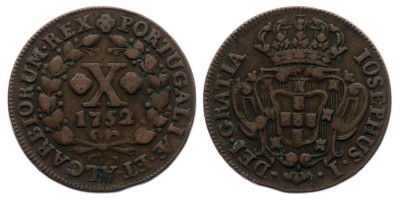Swiss canton
Each state has its own style, technology of coinage, and engraving coins. Swiss banknotes are valued as perfect in form and special design of the coin. Before the monopolization of the right of coinage in the IXX century, each governing body of the state – cantons, abbeys, municipal organizations, issued their own coins of different currencies, nominal value and value.In 1752, the Swiss cantons coins the circulation of gold coins in denominations of 1 pistol, with a weight of 7.64 g. On the obverse: arms of arms in ornate decorative design. Top: the symbol of the sun, with the sign IHS in the center. Circular inscription: Republic of Geneva. On the reverse side, in the center of the coin is a symbol of the sun. Translation of the circular inscription: after darkness – light. At the bottom of the inscription indicates the date of issue of the coin.
The IHS mark on the obverse has different interpretations. Some sources believe that this is how the first three Greek letters of the name of Jesus are designated. Others believe that the interpretation used by the Roman Catholic Church – Jesus, the Savior of mankind-is correct.
The pistol was used in money circulation in Germany, France, Italy and other countries. It is an old Spanish gold coin, equated to two Escudos at face value. The sample pistols were minted French Louis, German wilgersdorf, Italian augustdorf. The name of the ruler of that time was added to the name of the coin.
In 1752 minted coin, a series of Fi, par value 1 albus, weight 1.08 g, from billon. On the front side, in the center, there is a monogram of TDS, Thomas de SALIS. The reverse is applied to the nominal value and date of issue in the cartouche. On both sides of the coin there are decorative elements in the form of flower rosettes.
Silver Albus or white pfening, as it was called in Germany, was named after the white color of the metal. Initially, the coin was printed from an alloy with a high content of silver – 3.4 g, 3.9 g total weight. Since the XIV century Albus was minted in the States of the Lower Rhine, as a kind of tursky grotto. Before the appearance of Thaler Albus was the main monetary unit of the German States, and was also used in other European countries.
Showing 1 to 1 of 1 (1 Pages)
 Russian
Russian English
English Deutsch
Deutsch Spanish
Spanish Português
Português


